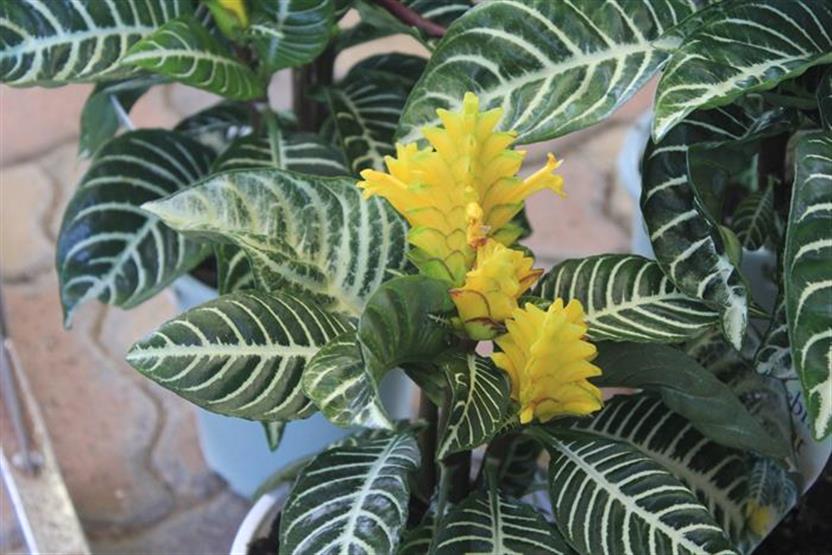

This can be due to a lack of light or too much fertilizer. Leggy plants often stop growing because they don’t have enough energy to support their growth. If your zebra plant is not growing, it’s a sign that something is wrong. The plant is trying to reach for a light source, but it doesn’t have the energy to support its growth, so the leaves droop down.

If the leaves of your zebra plant are drooping, it’s a sign that the plant is not getting enough light.ĭrooping leaves are a common symptom of a plant not getting enough light. This is because the plant doesn’t have enough energy to support its growth. The stems will be thin and weak, and the leaves will often droop down.

If your zebra plant seems weak or floppy, it’s a sign that it’s not getting enough light. Without enough light, the plant will become pale and leggy as it tries to reach a light source. Light is essential for plants to photosynthesize and create food. If your zebra plant is pale or has yellow or brown leaves, it’s a sign that it’s not getting enough light. Leggy plants are often pale due to a lack of light. The plant is stretching out in search of a light source, which causes the leaves to be spaced further apart. If your zebra plant’s leaves are further apart than they used to be, it’s a sign that the plant is not getting enough light. The Leaves Are Spaced Far ApartĪnother sign of a leggy plant is leaves that are spaced far apart. The stems will be weak and will often bend or break easily. This is the result of the plant stretching in search of light. If the stems of your zebra plant are longer than usual and much thinner than they used to be, the plant is likely leggy. Long, thin stems are one of the most obvious signs that a plant is leggy. There are a few signs that you can look for to tell if your zebra plant is leggy: 1. Pruning also helps to keep the plant healthy by removing dying or dead leaves and stems. This is because it will produce more growth than it needs, and the excess growth will be long and thin. It will become leggy over time if you don’t prune your zebra plant.

It helps to control the shape and size of a plant, and it also encourages new growth. Pruning is an essential part of zebra plant care. Nitrogen is the nutrient that promotes growth, so too much of it will cause your plant to grow too much. High nitrogen fertilizer is particularly likely to cause legginess, so be careful not to use too much of it. It can also cause the zebra plant leaves to turn yellow or brown and drop off. Overfertilizing can cause a plant to produce too much growth, resulting in long, thin stems and leaves spaced too far apart. Too Much FertilizerĪnother common cause of leggy plants is too much fertilizer.įertilizer is essential for plant growth, but too much can be harmful. They’re not getting the light they need to grow, so they’re growing as best they can. This is why leggy plants are often pale and have thin, weak stems. Without enough light, plants can’t produce the food they need to grow, so they start to stretch out in search of a light source. Plants rely on light for photosynthesis, which is how they make food. If they don’t get enough light, they will start to stretch out in search of a light source. Zebra plants need bright, indirect sunlight to thrive. The most common cause of a leggy zebra plant is not enough light. There are a few reasons your zebra plant might be getting leggy. Keep the Plant Healthy What Causes a Zebra Plant to Get Leggy?


 0 kommentar(er)
0 kommentar(er)
